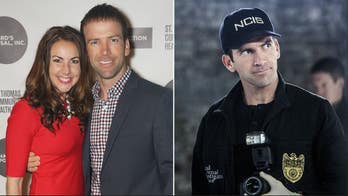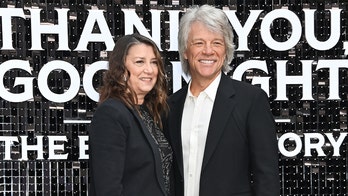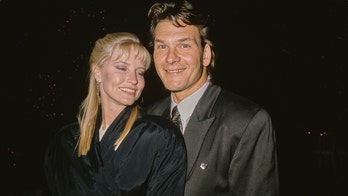Hecho en Mexico Doc with Latin Rock Band Kinky
Music, culture, and poetry blend together to create a portrait of contemporary Mexico in the new documentary “Hecho en Mexico.”
Music, culture, and poetry blend together to create a portrait of contemporary Mexico in the new documentary “Hecho en Mexico,” which hits theatres Nov. 30th.
The movie's director, British filmmaker Duncan Bridgeman, said that although violence and uncertainty have taken over the headlines south of the border, he wanted to show a more colorful, positive side of Mexico.
“Art, music, and philosophy can free us just for a moment from that drudgery,” said Bridgeman to Fox News Latino during the film's press day in Los Angeles.
“We are just trying to reflect a different Mexico that usually gets reflected on the screen,” he added.
Bridgeman, who also wrote and produced the movie, enlisted the help of musicians such as Los Tucanes de Tijuana, Gloria Trevi, Cuarteto Latinoamericano, Alejandro Fernandez and Lila Downs to reflect the dozens of musical genres found in Mexico.
“[Music] is as strong as religion or politics,” said Ulises Lozano, member of the alternative Spanish rock band, Kinky, featured in the film. “It’s the perfect way of expressing what’s going on [in Mexico].”
“He [Bridgeman] mixed every kind of music from traditional, to folkloric, to commercial music, to old music, to new music, and I think that’s a good portrait of Mexico,” said musician Sergio Arau, who also makes an appearance in the movie.
Bridgeman shot in different locations of Mexico for an entire year, capturing singers from remote villages to street performers in crowded cities.
The movie also weaves together interviews with Mexico’s brightest minds, including philosopher Don Miguel Ruiz and award-winning journalist Elena Poniatowska. They offer their unique takes on different subjects engrained in the Mexican psyche such as religion, border issues, and machismo.
Their insights and the various genres of music featured take the audience through a kaleidoscope of music and poetry that reflect the diverse, colorful, and positive aspects of Mexico.
“Hecho en Mexico," which is rated R, is a musical journey. Its main character is not a person, but a place, the storytelling is non-linear and the interviews are off the cuff.
“It has nothing to do with drama, or big stories, it just has to do with life," said Bridgeman.







